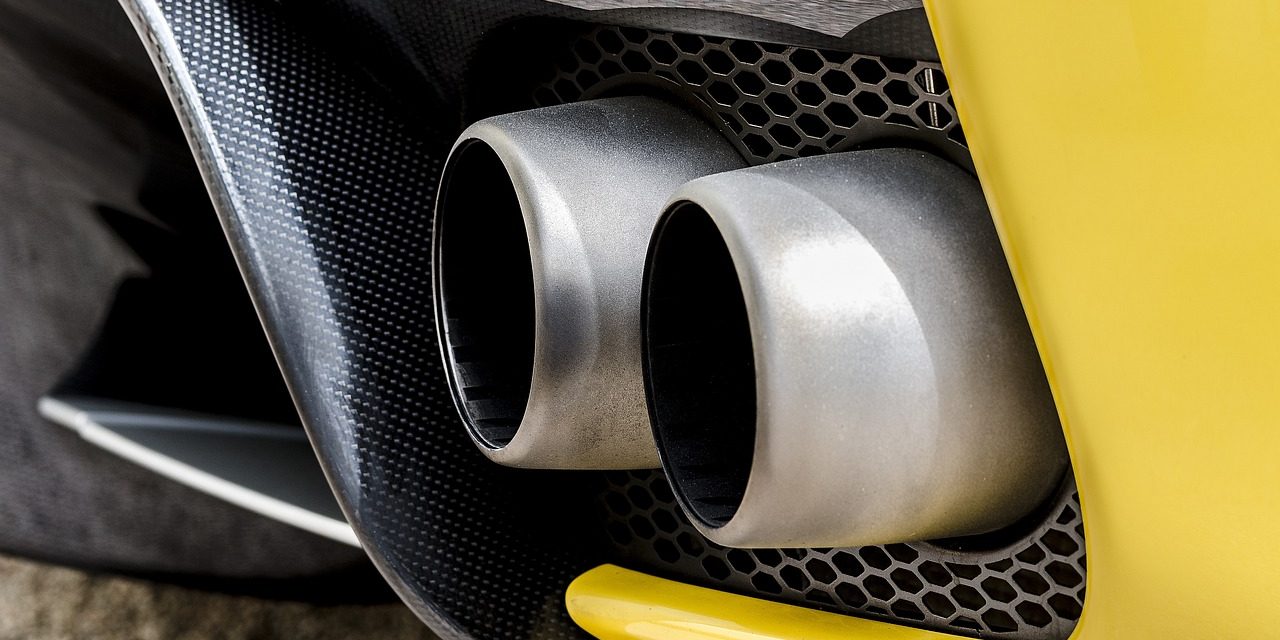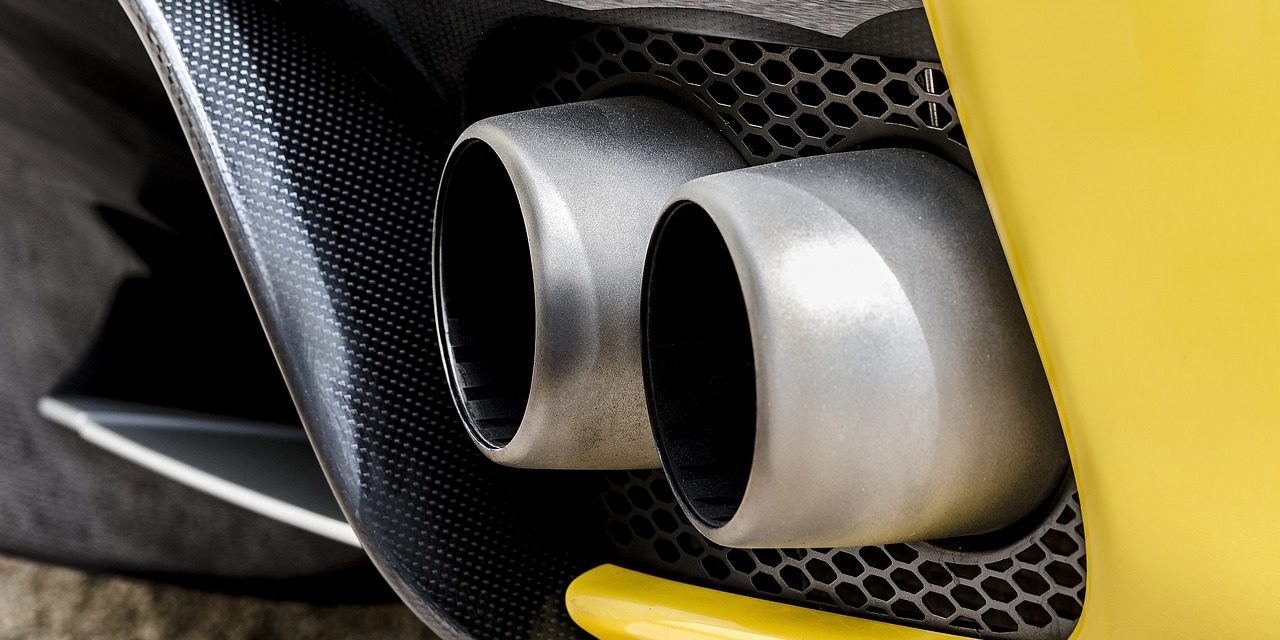Everything You Need To Know About Car Exhaust Systems


Car exhaust systems play a critical role in vehicle operation, managing both emissions and noise. The system starts from the exhaust manifold where gases produced by the engine are collected, then leads to the catalytic converter that reduces harmful emissions. Next, these gases move through the muffler, which significantly decreases engine noise, before finally exiting through the tailpipe.
Understanding the functions and components of the exhaust system is essential for car maintenance and environmental responsibility. Regular checks of this system help identify potential issues, leading to better engine performance and compliance with noise and emissions regulations. Proper maintenance of the exhaust system is essential for vehicle efficiency and reducing the environmental impact of harmful pollutants.
Key Takeaways
- The exhaust system manages emissions and noise from the engine.
- Components include the exhaust manifold, catalytic converter, muffler, and tailpipe.
- Regular maintenance ensures optimal performance and environmental compliance.
Basics of Car Exhaust Systems
Car exhaust systems are crucial for directing hazardous emissions away from the engine and out of the vehicle, reducing both environmental pollution and noise.
Main Components and Function
The car exhaust system is designed to handle and direct exhaust gases produced during combustion out of the vehicle. Key components of the system include:
- Exhaust Manifold: Collects gases from the engine’s cylinders.
- Oxygen Sensors: Monitor the levels of oxygen in the exhaust.
- Catalytic Converter: Transforms harmful substances into less harmful ones.
- Muffler: Reduces noise produced by the exhaust process.
- Tailpipe: Releases the treated exhaust gases into the atmosphere.
Each part plays a specific role in controlling emissions and ensuring the smooth operation of the vehicle.
The Journey of Exhaust Gases
Exhaust gases follow a precise path through the exhaust system:
- Created in the engine’s combustion chambers, gases enter the exhaust manifold.
- They travel through connected exhaust pipes toward the catalytic converter.
- Harmful emissions are reduced to benign substances.
- The muffler dampens the noise associated with exhaust flow.
- Finally, gases exit the vehicle through the tailpipe effectively reducing noise and pollution.
Impact on Performance and Efficiency
The car exhaust system plays a crucial role in optimizing engine performance and fuel economy by regulating exhaust flow and backpressure.
Role in Engine Efficiency
In an exhaust system, the reduction of backpressure directly affects engine performance. Backpressure refers to the resistance against expelled exhaust gases. Low backpressure promotes better gas outflow, allowing the engine to operate more efficiently. This efficiency translates to improved fuel economy, as the engine requires less effort to expel exhaust. An efficient exhaust system ensures that gases are removed swiftly, allowing fresh fuel and air mixture to fill the combustion chambers.
Tuning for Optimal Performance
To maximize performance, exhaust systems must be tuned to suit the engine’s requirements. Performance exhaust systems typically include mandrel-bent pipes, which maintain a consistent diameter through curves to minimize turbulence and resistance. The diameter of the exhaust pipes is also critical; a larger diameter can reduce backpressure but must align with the engine’s exhaust output. Striking the right balance in the tuning process can yield significant gains in horsepower and torque. A proper configuration can lead to more responsive acceleration and potentially lower fuel consumption under certain conditions. Components like the catalytic converter and oxygen sensors are integrated to maintain this balance while also complying with emissions standards.
Emission Controls and Environmental Impact
Car exhaust systems play a critical role in reducing the environmental footprint of vehicles by mitigating the emission of harmful gases produced during combustion.
Catalytic Converters and Their Function
A catalytic converter is a component of the exhaust system that transforms harmful gases such as carbon monoxide, nitrogen oxides, and hydrocarbons into less harmful substances like carbon dioxide and water vapor, significantly reducing the environmental impact.
- Primary functions of catalytic converters:
- Reduction of nitrogen oxides: Converts NOx to nitrogen and oxygen.
- Oxidation of carbon monoxide: Transforms CO into carbon dioxide (CO2).
- Oxidation of hydrocarbons: Converts unburned hydrocarbons into carbon dioxide and water.
Legislation and Emission Standards
Emission standards are government-mandated limits on the amount of pollution a vehicle’s exhaust system can emit. These standards are critical for ensuring the protection of the environment and public health by reducing the emission of harmful gases.
- Key emissions regulated by standards:
- Carbon Monoxide (CO): A colorless, odorless gas that can be fatal at high levels.
- Nitrogen Oxides (NOx): Contribute to smog formation and respiratory problems.
- Hydrocarbons (HC): Cause ozone formation and affect air quality.
- Impact of legislation on emission standards:
- Increased stringency over time: Newer models are required to comply with progressively stricter standards.
- Testing methods: Reliability in testing ensures vehicles meet or exceed these regulations.
Exhaust System Maintenance and Troubleshooting
Ensuring the proper function of a car’s exhaust system is vital for vehicle performance and environmental protection. The following topics discuss the signs of exhaust problems and how to maintain the health of your exhaust system.
Common Signs of Exhaust Problems
- Noisy Engine: A loud rumble from the engine area could indicate a hole or crack in the exhaust system.
- Reduced Fuel Efficiency: If you notice a significant decrease in miles per gallon, the cause may be an exhaust leak.
- Vibrations: An unexpected vibration when driving, particularly at the steering wheel or gas pedal, could be due to exhaust system issues.
- Check Engine Light: This light on the dashboard can illuminate for various reasons, exhaust system malfunctions being one of them.
- Unusual Smell: A strong odor inside the vehicle might signal an exhaust leak that is allowing fumes to enter the cabin.
Maintaining Exhaust Health
- Regular Inspections: Have a certified technician inspect your exhaust system professionally at least once a year for signs of leaks, damage, and corrosion.
- Rust Prevention: Rust is a common issue due to moisture accumulation. Addressing any rust spots early on can prevent larger problems.
- Address Leaks Promptly: If you suspect a leak, have it repaired quickly to avoid more extensive damage.
- Listen for Changes: Be aware of any new or worsening sounds from the exhaust system, as they can indicate developing issues.
Sound Management and Noise Regulation
Managing sound levels and adhering to exhaust noise regulations are vital for vehicle owners. These measures address environmental and health concerns by controlling the impact of loud exhaust systems on communities.
Mufflers and Noise Reduction
Mufflers serve as the primary acoustic silencers for vehicles. They are designed to attenuate noise by using a series of chambers and sound deadening materials. The process involves the absorption and redirection of sound waves, resulting in a significant decrease in noise levels. Here’s a brief overview of its function:
- Noise Reduction: Mufflers reduce the engine’s exhaust noise by disrupting the sound waves.
- Materials: They often contain baffles and steel wool to absorb vibrations and dampen the noise.
Resonators and Their Role in Acoustics
Resonators complement mufflers in managing exhaust sounds. Their design allows them to target specific frequencies, helping to smooth out the exhaust note. Resonators work by creating a particular kind of interference where sound waves cancel each other out. This subsection briefly illuminates their function:
- Frequency Modification: Resonators specifically tune out certain undesired frequencies.
- Vibration Control: By altering the sound profile, resonators reduce unpleasant vibrations, typically in stock exhaust systems, to abide by noise regulations.










